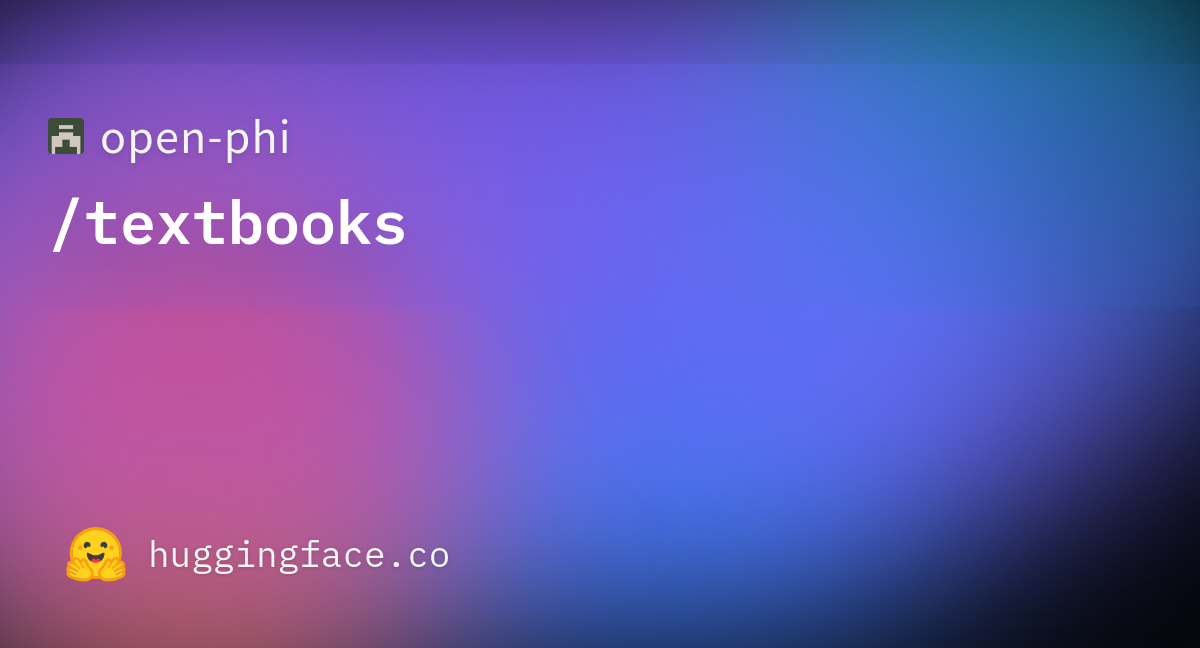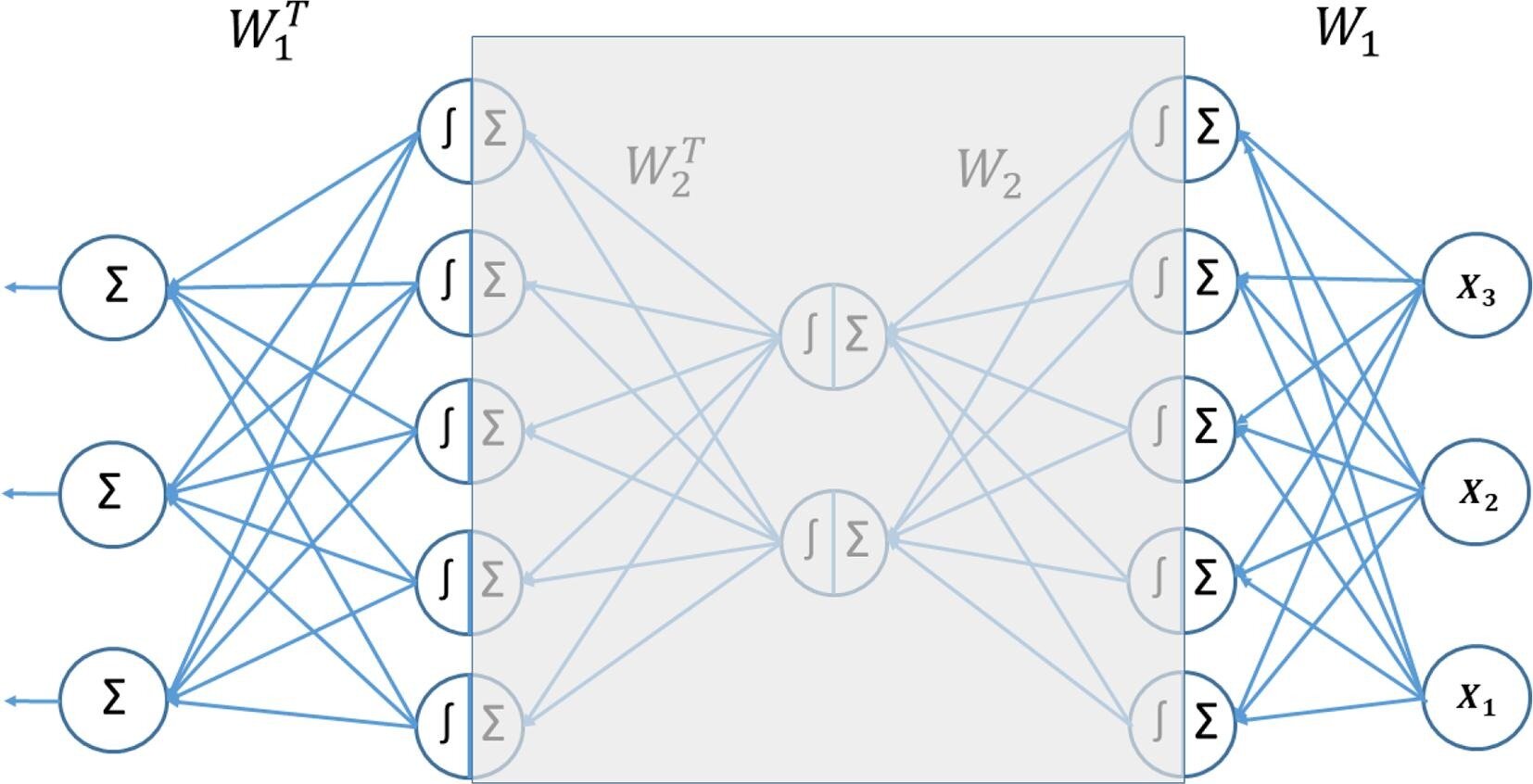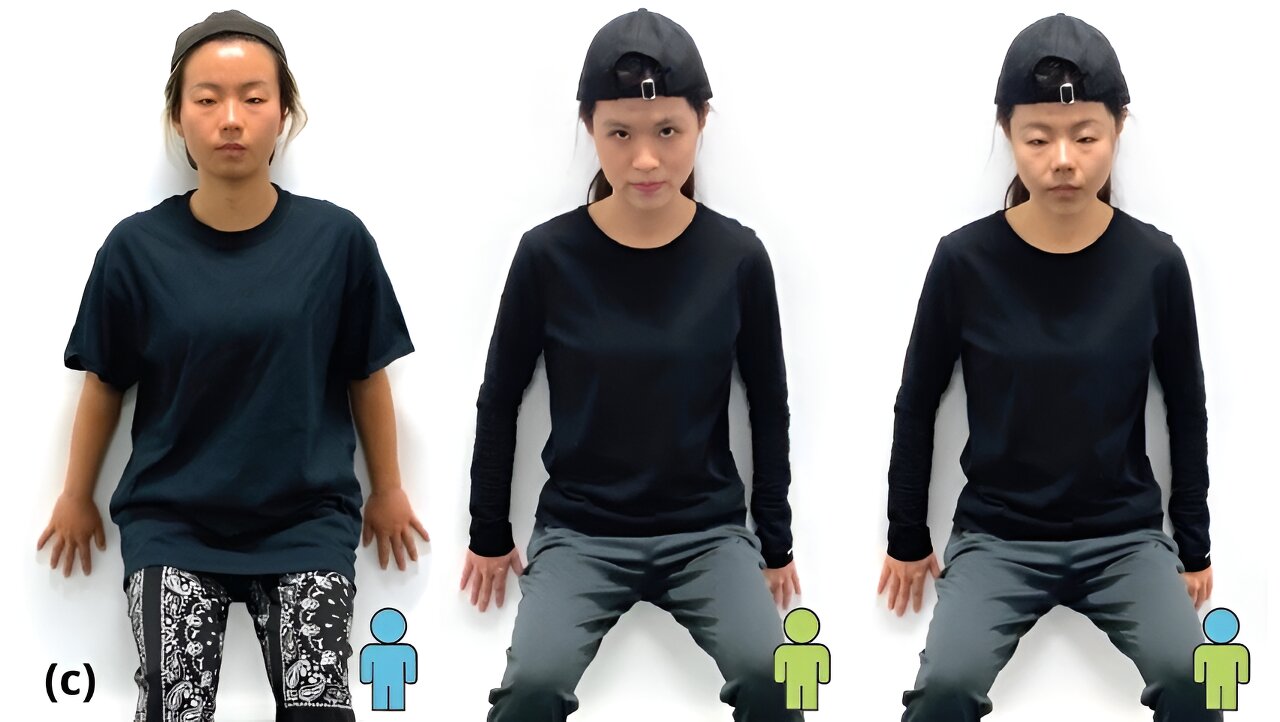{continued}
This demonstration, along with the linked textbooks above, show that the reality of AI written textbooks is not far off. This result has ramifications that extend far beyond the interesting research result originally posed by Microsoft. It is worth stopping for a moment to reflect on these potential impacts.
Recent research breakthroughs have showcased the potential of AI-generated content that rivals the quality of human-authored materials. These synthetic textbooks, curated and created by advanced AI models, can be tailored to fit specific curricula, student demographics, or even individual learner profiles. The dynamic nature of these textbooks allows for real-time updates, ensuring that the content remains current and relevant. Furthermore, they can be enriched with interactive elements, multimedia, and adaptive learning pathways, making learning more engaging and personalized. Even if textbooks begin to play a less pivotal role in direct human education, they are likely to remain as inputs to LLMs for quite some time.
However, the adoption of synthetic textbooks and LLM-assisted learning is not without challenges. Concerns about the accuracy, bias, and ethical implications of AI-generated content need to be addressed. Ensuring that these tools enhance rather than inhibit critical thinking and creativity is also paramount. The human touch, the empathy, passion, and intuition that educators bring to the classroom, remains irreplaceable. AI tools should be seen as complements, not replacements, to the traditional educational experience.
The targets are to do a complete replication of the phi-1.5 work, and likely to scale further. One such goal might be to see if it possible to create a more competitive 7 billion parameter model.
If this interests you, we ask you to join the open source collaboration around this work. Please reach out to me or join the Discord community to get started.
Here is the AI powered completion to the above -
### Section: 20.4 Legal Compliance in Innovation
Innovation, while being a catalyst for growth and development, must be conducted within the confines of the law. This is where legal compliance comes into play. Legal compliance is the process or procedure to ensure that an organization follows relevant laws, regulations, and business rules. In the context of innovation, legal compliance is crucial to ensure that the innovative process and its outcomes do not infringe upon any laws or regulations.
#### Subsection: 20.4c Implementing Legal Compliance in Innovation
Implementing legal compliance in innovation involves a series of steps that ensure the innovative process and its outcomes are in line with the relevant laws and regulations. This involves understanding the legal landscape, identifying potential legal hurdles, and taking proactive steps to address them.
The first step in implementing legal compliance in innovation is understanding the legal landscape. This involves gaining a comprehensive understanding of the laws and regulations that are relevant to the innovative process. This could include laws related to intellectual property rights, regulatory compliance, and enterprise law, among others.
The second step is identifying potential legal hurdles. This involves identifying areas where the innovative process could potentially infringe upon laws or regulations. For example, if the innovation involves the development of a new product, it is crucial to ensure that the product does not infringe upon any existing patents.
The third step is taking proactive steps to address potential legal hurdles. This could involve seeking legal advice, conducting a thorough legal review of the innovation, and implementing measures to ensure legal compliance. For example, if the innovation involves the use of a certain technology, it may be necessary to obtain a license for its use.
In addition to these steps, it is also crucial to ensure legal consistency. Legal consistency is a property that declares enterprise policies to be free of contradictions with the law. In the context of innovation, legal consistency ensures that the innovative process and its outcomes are in line with the organization's policies and do not contradict any laws or regulations.
Implementing legal compliance in innovation is not just about avoiding legal disputes or penalties. It is also about leveraging the law as a tool to protect and enhance the value of the innovation. By ensuring legal compliance, organizations can protect their innovations from potential legal disputes, enhance their value by securing intellectual property rights, and ensure their long-term sustainability.
In conclusion, legal compliance plays a crucial role in the process of innovation. By understanding the legal landscape, identifying potential legal hurdles, and taking proactive steps to address them, organizations can ensure that their innovations are legally compliant and sustainable.
This demonstration, along with the linked textbooks above, show that the reality of AI written textbooks is not far off. This result has ramifications that extend far beyond the interesting research result originally posed by Microsoft. It is worth stopping for a moment to reflect on these potential impacts.
AI and Education
LLMs, like GPT-4 and its predecessors, have demonstrated an uncanny ability to generate human-like text, answer questions, and even assist in complex problem-solving. In fact, roughly half of this article’s content was AI generated (with human input and guidance). LLMs vast knowledge base, derived from extensive training on diverse datasets, allows them to provide insights on a wide range of topics. This capability is particularly beneficial in an educational context. Students, regardless of their learning pace or style, can interact with these models to get personalized explanations, delve deeper into topics of interest, or even get assistance with homework. In essence, LLMs can serve as on-demand tutors, democratizing access to quality education resources.Recent research breakthroughs have showcased the potential of AI-generated content that rivals the quality of human-authored materials. These synthetic textbooks, curated and created by advanced AI models, can be tailored to fit specific curricula, student demographics, or even individual learner profiles. The dynamic nature of these textbooks allows for real-time updates, ensuring that the content remains current and relevant. Furthermore, they can be enriched with interactive elements, multimedia, and adaptive learning pathways, making learning more engaging and personalized. Even if textbooks begin to play a less pivotal role in direct human education, they are likely to remain as inputs to LLMs for quite some time.
However, the adoption of synthetic textbooks and LLM-assisted learning is not without challenges. Concerns about the accuracy, bias, and ethical implications of AI-generated content need to be addressed. Ensuring that these tools enhance rather than inhibit critical thinking and creativity is also paramount. The human touch, the empathy, passion, and intuition that educators bring to the classroom, remains irreplaceable. AI tools should be seen as complements, not replacements, to the traditional educational experience.
Where are we in the replication attempts?
It appears that we are able to make incredibly high quality textbooks. This is an effort which we are continuing to pursue to understand more deeply. Moreover, our dataset has grown to over 1 billion unique and differentiated tokens. We are doing ablation pre-training studies now to understand better how different datasets impact LLM learning. We are working on fine-tuning existing open source models to increase our data quality before scaling out to 20B tokens. Further, we are looking for human readers to critique and give feedback on the current state of the textbooks.The targets are to do a complete replication of the phi-1.5 work, and likely to scale further. One such goal might be to see if it possible to create a more competitive 7 billion parameter model.
Conclusion
In the rapidly advancing world of artificial intelligence, the potential of AI-authored textbooks promises a revolution in education. As our research and replication attempts indicate, we are on the brink of harnessing AI to produce high-quality educational content that could democratize learning across the globe. While the results are promising, a balanced approach is necessary. Embracing AI's potential should not overshadow the intrinsic value of human touch in education. As we venture into this new frontier, collaboration between humans and AI will be the key, ensuring that the resultant content is accurate, unbiased, and tailored to the diverse needs of learners worldwide.If this interests you, we ask you to join the open source collaboration around this work. Please reach out to me or join the Discord community to get started.










 , I use a extension to paginate the site sometimes.
, I use a extension to paginate the site sometimes.
